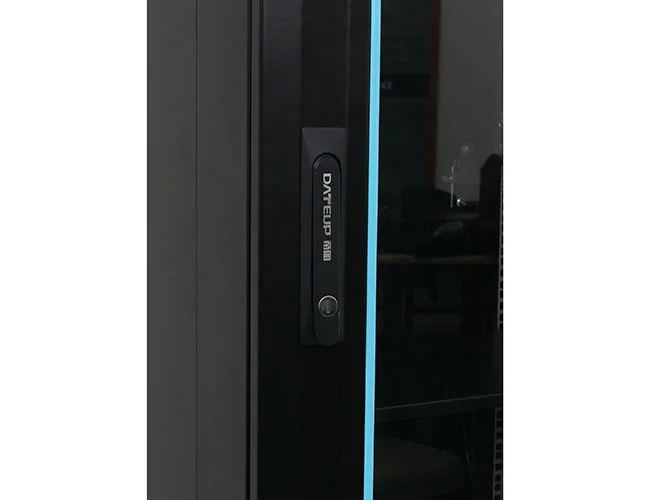News
Site Editor
 Site
https://leonetworkgroup.usa18.wondercdn.com/uploads/image/5fe152faa587d.png
UTP (Unshielded Twisted Pair) cables are commonly used for data communication and networking. These cables consist of four pairs of twisted wires wrapped in an outer insulation layer. It is recommended to test UTP cables before and after installation to ensure there is no damage or defects that can cause network connectivity issues. In this article, we will discuss various ways to test UTP cables.
Site
https://leonetworkgroup.usa18.wondercdn.com/uploads/image/5fe152faa587d.png
UTP (Unshielded Twisted Pair) cables are commonly used for data communication and networking. These cables consist of four pairs of twisted wires wrapped in an outer insulation layer. It is recommended to test UTP cables before and after installation to ensure there is no damage or defects that can cause network connectivity issues. In this article, we will discuss various ways to test UTP cables.
How To Test Utp Cable
Views: 553
Author: Site Editor
Publish Time: 2023-07-12
Origin: Site
UTP (Unshielded Twisted Pair) cables are commonly used for data communication and networking. These cables consist of four pairs of twisted wires wrapped in an outer insulation layer. It is recommended to test UTP cables before and after installation to ensure there is no damage or defects that can cause network connectivity issues. In this article, we will discuss various ways to test UTP cables.
1. Visual Inspection
The first step in testing UTP cables is a visual inspection of the cable. Check the cable for any physical damage like cuts, nicks, or bends that can weaken the cable and affect signal strength. Inspect the wires to ensure that they are not frayed, broken, or loose.
2. Open Circuit Test
The open circuit test is carried out using a cable tester. Connect the tester to both ends of the UTP cable. The tester will show the status of each wire connection. If there is no connection or if one of the wires is broken, the tester will indicate an open circuit or discontinuity. This test helps determine whether there is a break in the cable or if the wires are not making contact with the cable connectors.
3. Short Circuit Test
The short circuit test is similar to the open circuit test and is conducted using a cable tester. Connect the tester to both ends of the UTP cable. The tester looks for a short circuit or a connection between two wires meant to be separated. If the tester indicates a short circuit, it may be due to a damaged cable insulation or a problem with the connectors.
4. Continuity Test
The continuity test is used to verify that each wire in the UTP cable is correctly connected to the connector at each end. This test is conducted using a cable continuity tester. Connect the tester to one end of the cable, and the other end with a terminator. The tester will show if there is a valid signal along each wire, and the lack of signal indicates a wiring issue.
5. Data Transmission Test
The data transmission test measures how well the UTP cable is capable of transmitting data. This test is conducted using a network analyzer, which checks the speed, reliability, and consistency of data transmission. Connect the UTP cable to the analyzer and generate traffic to simulate a real-world network application. The analyzer will reveal any issues like packet loss, jitter, or latency.
In conclusion, testing UTP cables is an important element in data communication systems. Conducting open, continuity, and short circuit tests using cable testers can help identify physical damage and connectivity issues in UTP cables. The data transmission test using a network analyzer can reveal how effectively the cable is transmitting data, making it easier to troubleshoot network connectivity issues. Therefore, testing UTP cables before installation helps to ensure that the network operates reliably and delivers high-speed data transmission.
If you want to know more about industrial network cabinet,china fiber optic splice closure,china fiber optic distribution box,please consult the fiber optic splice closure factory









